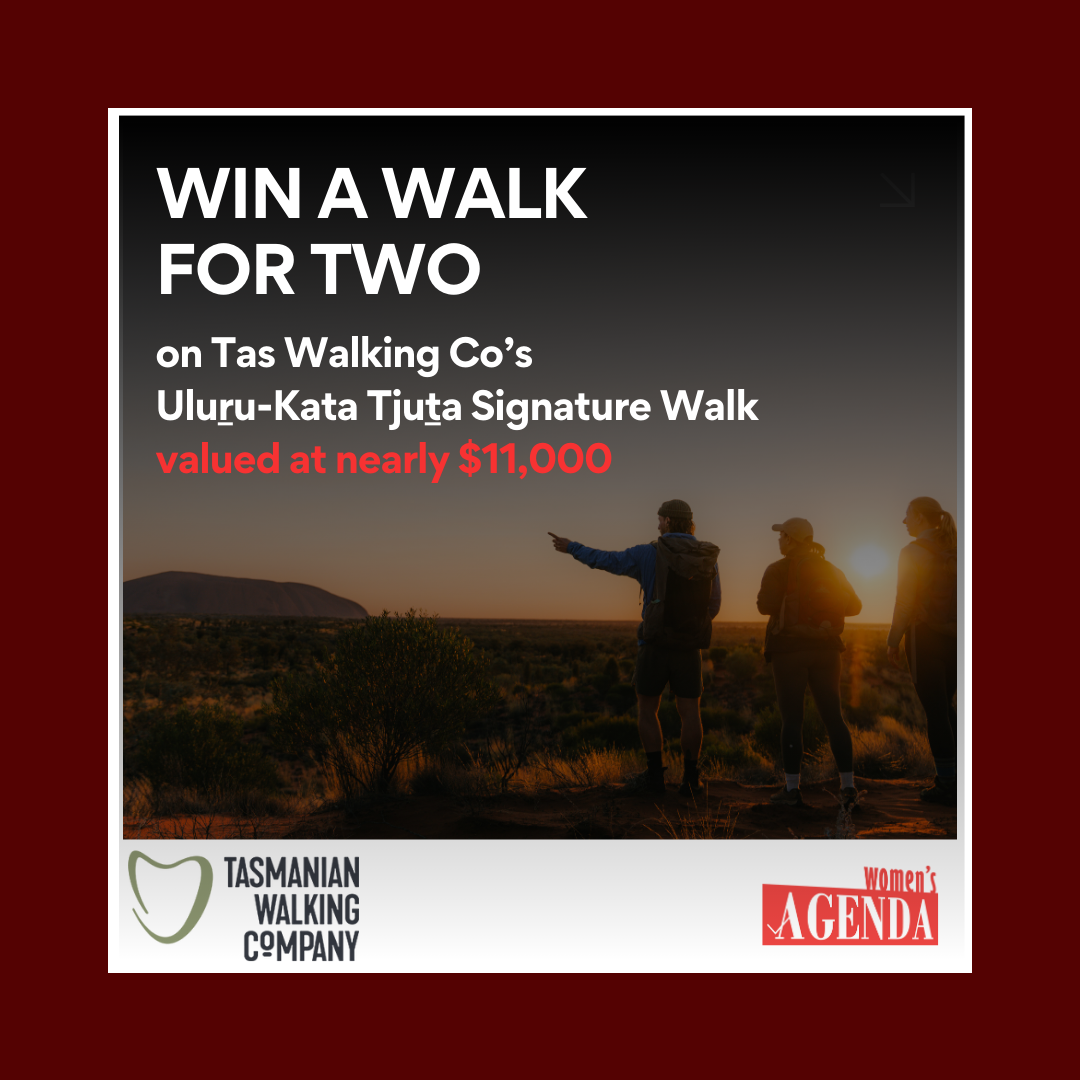Limiting the use of confidentiality and Non-Disclosure Agreements (NDAs) could be a powerful mechanism for ending workplace sexual harassment.
It’s one of 11 recommendations the Australian Human Rights Commission issued last week as part of its Speaking From Experience report, which provides an overview of conversations the commission has had with 300 people from groups found to be most vulnerable to workplace sexual harassment.
One in three people were still reporting they had experienced sexual harassment in the five years leading up to the 2022 National Prevalence Survey, a period that occurred post #MeToo, which better spotlighted such issues in ways we may have thought would change things forever.
The proportion of people reporting such harassment rises significantly for some groups, including First Nations people, young people and those identifying as LQBTQI+, as well as migrants and refugees.
I spoke to Sex Discrimination Commissioner Dr Anna Cody for The Women’s Agenda Podcast, who shared some of the key findings and what needs to change, particularly why limiting the use of confidentiality and NDAs in response to sexual harassment could be a game-changer.
“This project was all about giving voice to people and enabling them to be heard,” she said.
“And what we heard over and over again was that people who had reported workplace sexual harassment and gone through a formal complaint process then felt silenced by having to sign a confidentiality agreement.
“They felt that they were the ones who then felt they were responsible in some way, and that there was a shame attached to them not being able to talk about it and not being able to necessarily discuss what happened with friends, family or counsellors.”
Dr Cody believes workplaces have an opportunity to demonstrate how seriously they take harassment by ending the use of such agreements.
“If a workplace is serious about dealing with workplace sexual harassment – and they have to be under the positive duty and a range of other laws – then they should be talking about what steps they’re taking to eliminate workplace sexual harassment,” she said.
Those who’ve experienced workplace sexual harassment have different ideas of what they want to see happen after making a complaint that don’t necessarily include the harasser being dismissed, Dr Cody explains.
“They want to know that they’ve been listened to, they’ve been treated with kindness and compassion, and that there is a consequence for the person who has been harassing them and that no one else has to go through it.”
The AHRC recommends that confidentiality agreements be included only if the person who has been sexually harassed actually wants it.
“It’s almost as if employers assume that any settlement has to include a confidentiality agreement, and that’s not the case. That’s a choice. That’s a decision. And so lawyers also have a particular responsibility when they’re advising their clients – whether it be the employers of the complainant – that they don’t have to include a confidentiality agreement within a settlement.”
Dr Cody notes that Victoria has already held a parliamentary inquiry into a possible model for outlawing the use of NDAs and confidentiality agreements. Meanwhile, the AHRC has also been closely examining legislation recently passed in Ireland, which restricts the use of NDAs in cases involving allegations of discrimination, harassment, or sexual harassment.
On a positive note, Dr Code said that despite the high rates of prevalence reported in 2022, she’s confident that things have been changing in recent years, especially thanks to the Respect@Work report.
She believes that some aspects of how Australia addresses workplace sexual harassment are world-leading, especially the noted changes in industrial laws and workplace health and safety laws, as well as the positive duty now on employers to eliminate workplace sexual harassment.
“And when I speak to employers, I am quite heartened, certainly at the highest levels, because really we have to deal with the experience of workplace sexual harassment, but also with preventing it in the first place.”
But she believes the recommendations outlined, which include change to the Sex Discrimination Act, as well as more funding to specialist support groups and stronger mechanisms for enforcing the positive duty that employers now have to prevent sexual harassment, will go much further, especially for individuals in groups known to be more at risk.
She also noted the specific work to do across specific industries — including hospitality and retail, high rates of sexual harassment are also being reported.
“We heard frequently in hospitality that there’s this absolute driving thought that ‘the customer is always right’. But if a customer is sexually harassing you, they’re definitely not right. That is actually against the law.”
“One of the things that our work health and safety regulators have really been grappling with and since the chances in 2023 to the law, is recognising that psychosocial safety is absolutely fundament and that often a physical injury will heal, but pschosociall injuries take a long time to heal and you need specific treatment and support when you have one of those types of injuries.”
On young people, Dr Cody said they heard over and over again about people – especially as teenagers – having little idea about their rights at work, which opens up the opportunity for embedding in education at the school level, just like consent education is being introduced. She also noted that the need to explore working with children checks in industries dominated by young people, just as it is required for anyone dealing with schools and sports teams.
As for the changes already implemented, the impact they’ve made could be measured in the next National Prevalence Survey, which the AHRC recommends pursuing in 2026.


